Classification of Wind Speeds
Beaufort number |
Wind speed (km/hr) |
International description |
US Weather Bureau description |
Effect of wind on the Sea |
| 0 |
<1 |
Calm |
Light Wind |
Small wavelets |
| 1 |
1-5 |
Light Air |
Light Wind |
Small wavelets |
| 2 |
6-11 |
Light Breeze |
Light Wind
|
Small wavelets
|
| 3 |
12-19 |
Gentle Breeze |
Gentle-moderate |
Large wavelets to small waves |
| 4 |
20-28 |
Moderate Breeze |
Gentle-moderate |
Large wavelets to small waves |
| 5 |
29-38 |
Fresh Breeze |
Fresh wind |
Moderate waves, many whitecaps |
| 6 |
39-49 |
Strong gale |
Strong wind |
Large waves, many whitecaps |
| 7 |
50-61 |
Fresh Breeze |
Strong wind |
Large waves, many whitecaps |
| 8 |
62-74 |
Fresh gale |
Gale |
High waves, foam streaks |
| 9 |
75-88 |
Stong gale |
Gale |
High waves, foam streaks |
| 10 |
89-102 |
Whole gale |
Whole gale |
Very high waves, rolling sea |
| 11 |
103-117 |
Storm |
Whole gale |
Very high waves, rolling sea |
| 12-17 |
>117 |
Hurricane |
Hurricane |
Sea white with spray and foam |
 Movie about the Beaufort Scale of Wind Speeds
Movie about the Beaufort Scale of Wind Speeds
You might also be interested in:
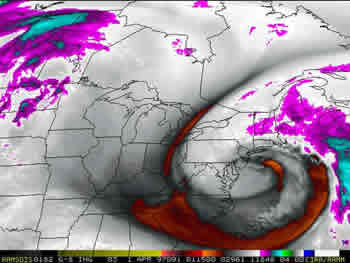
Northeasters, also known as nor’easters, are cyclonic, cold winds that develop in the mid-latitudes. They can bring heavy snow or sleet and gale force winds of 40-55 mph (64.5-88.7 kph). This type of wind
...more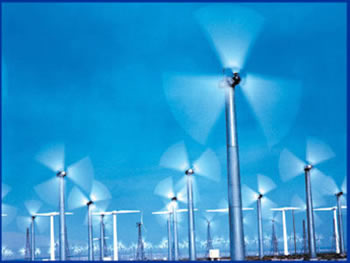
Wind is moving air. Warm air rises, and cool air comes in to take its place. This movement creates different pressures in the atmosphere which creates the winds around the globe. Since the Earth spins,
...more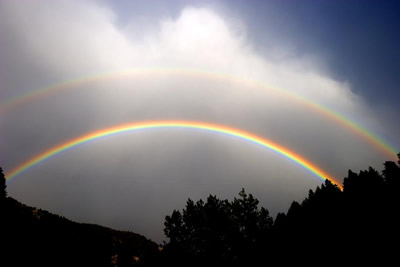
Rainbows appear in the sky when there is bright sunlight and rain. Sunlight is known as visible or white light and is actually a mixture of colors. Rainbows result from the refraction and reflection of
...more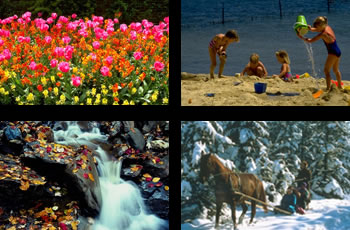
The Earth travels around the sun one full time per year. During this year, the seasons change depending on the amount of sunlight reaching the surface and the Earth's tilt as it revolves around the sun.
...more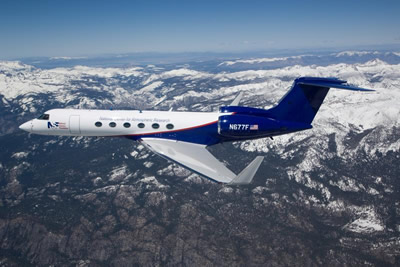
Scientists sometimes travel in specially outfitted airplanes in order to gather data about atmospheric conditions. These research aircraft have special inlet ports that bring air from the outside into
...more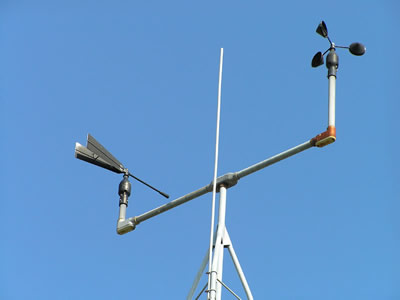
An anemometer is a weather instrument used to measure the wind (it can also be called a wind gauge). Anemometers can measure wind speed, wind direction, and other information like the largest gust of wind
...more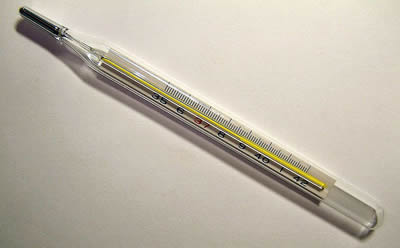
Thermometers measure temperature. "Thermo" means heat and "meter" means to measure. You can use a thermometer to measure the temperature of many things, including the temperature of
...more
 Movie about the Beaufort Scale of Wind Speeds
Movie about the Beaufort Scale of Wind Speeds













